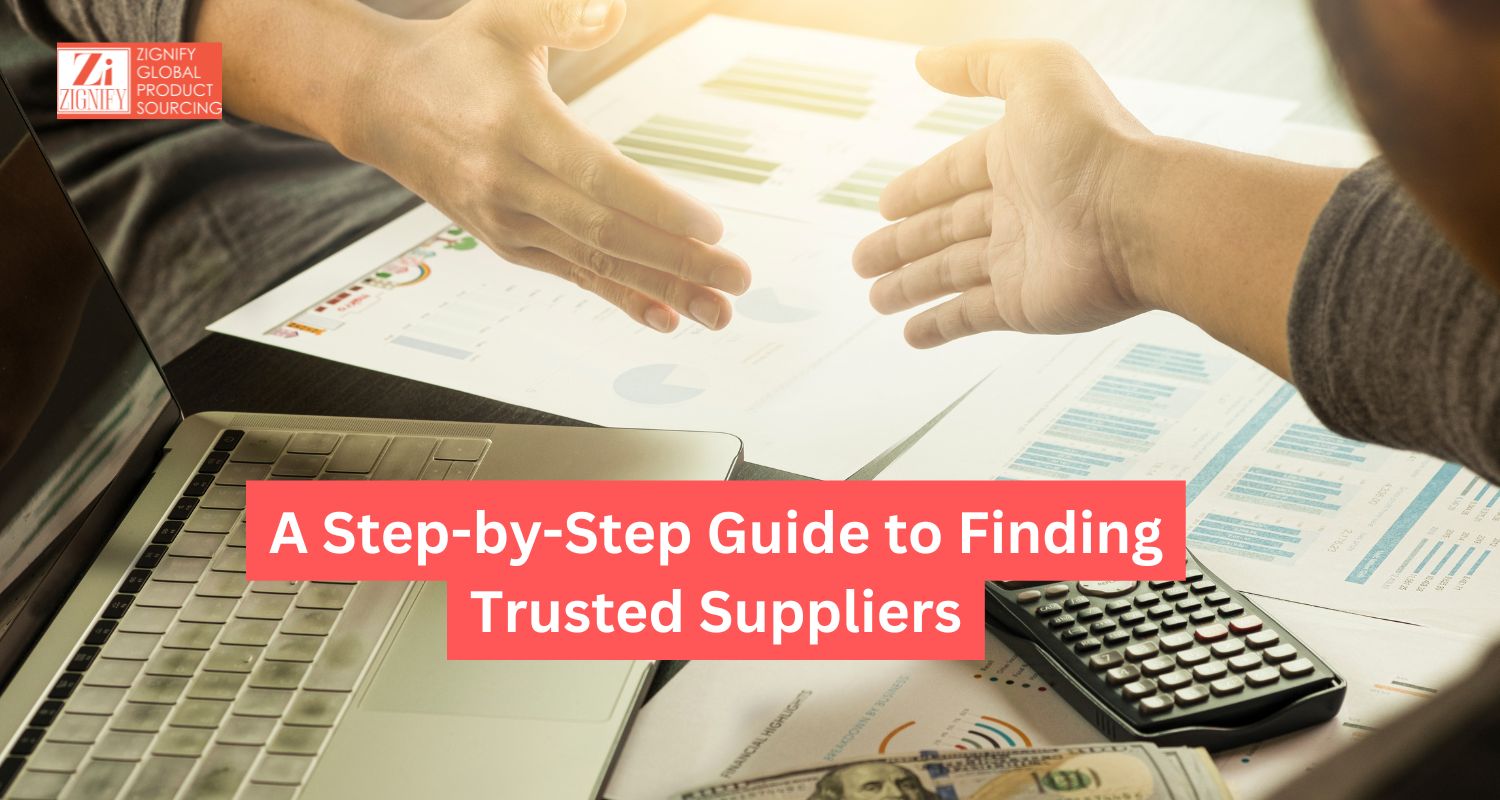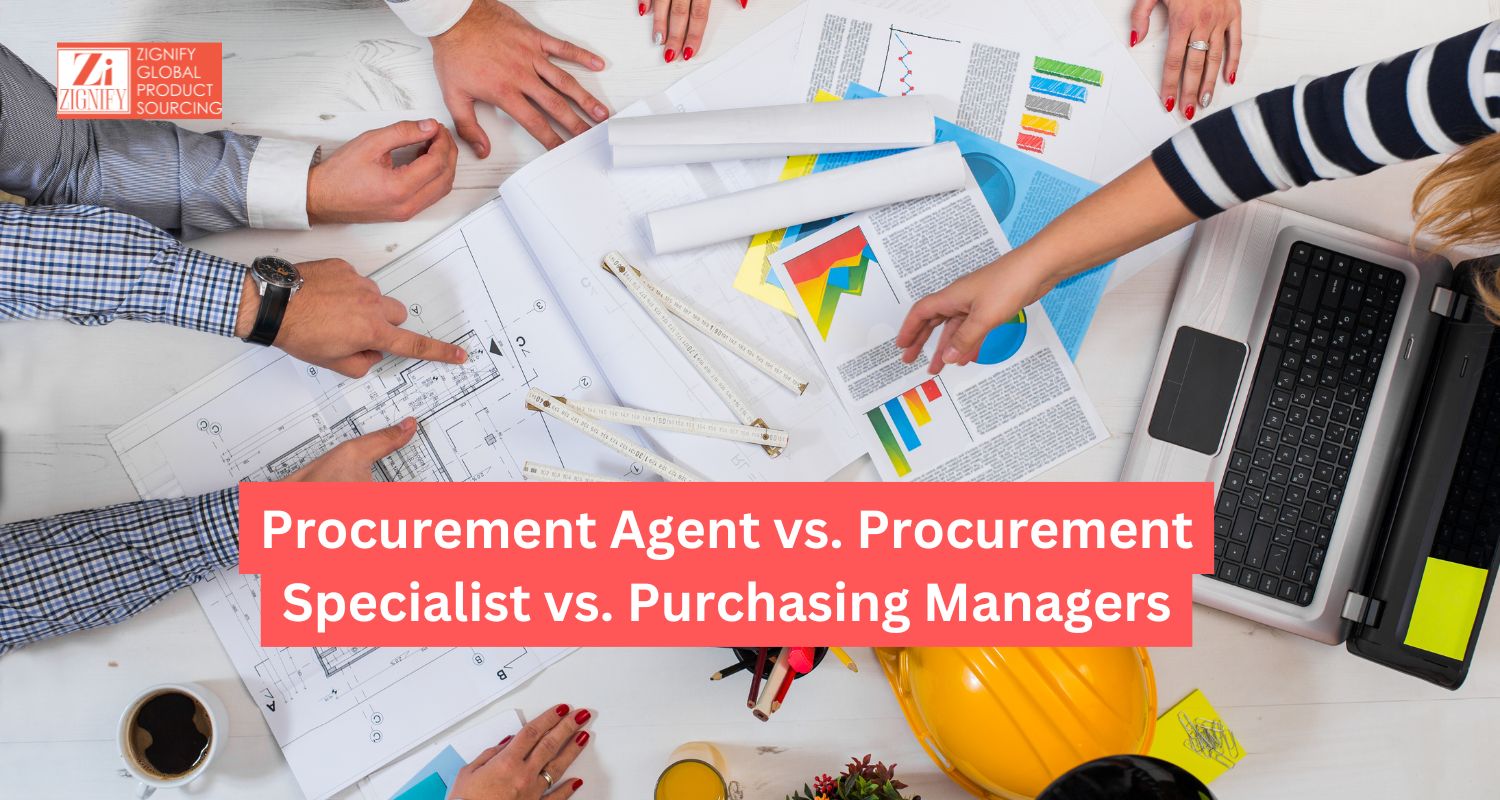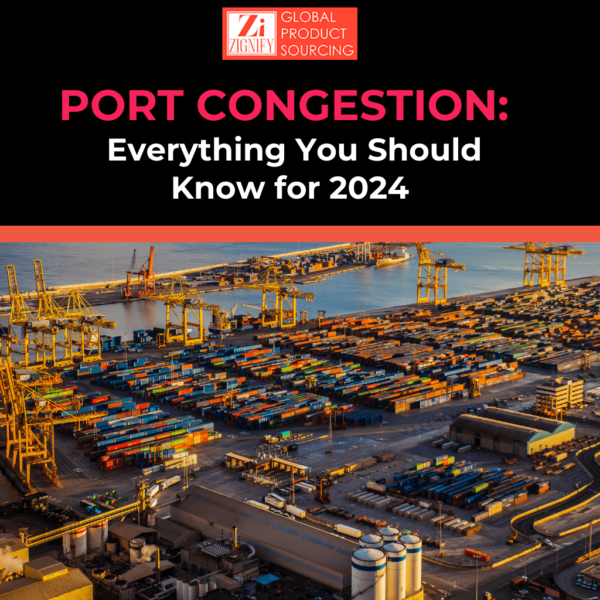
As of March 2025, around 8.4% of the global container fleet—about 2.65 million TEUs—are delayed due to ongoing port congestion. Major ports in Asia, Latin America, and North America, especially on the U.S. West Coast, are still facing heavy backlogs, with vessels waiting up to 14–21 days. This congestion is mainly caused by a mix of rising cargo volumes, increased shipping demand, limited port infrastructure, labor shortages, and disruptions from global events like the Red Sea crisis. These issues continue to strain global supply chains, making it crucial for businesses to plan strategically.
This article explores the key aspects of port congestion and provides practical insights to help businesses mitigate its impacts.
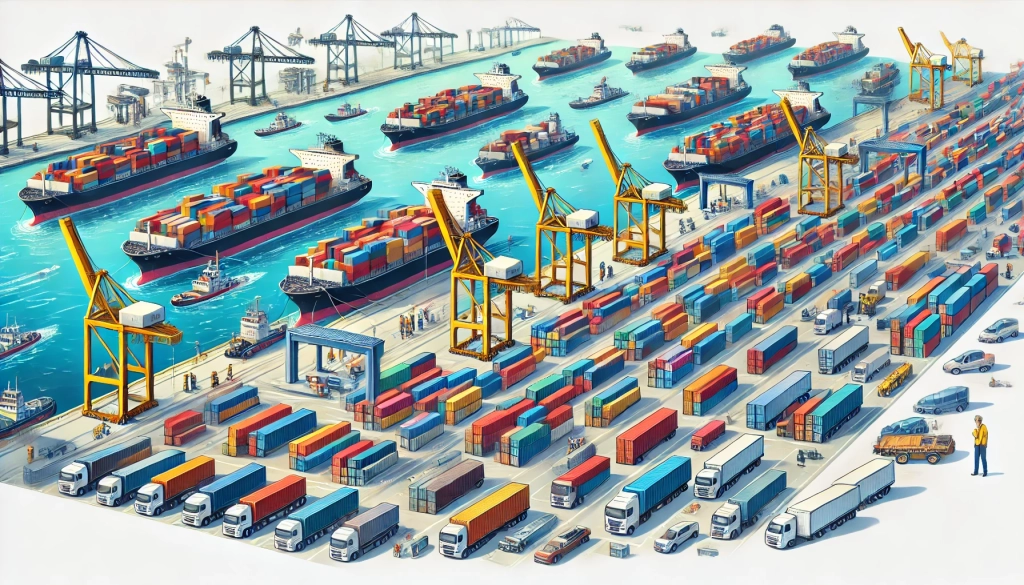
What is port congestion?
Port congestion occurs when ships arrive at a port and are unable to load or unload cargo because the port’s facilities are overwhelmed. This bottleneck leads to delays, increased costs, and disruptions in the global supply chain.
Various factors contribute to port congestion, including:
-
Surging Trade Volumes:
Global shipping demand remains high, especially with the growth of e-commerce and inventory restocking, putting pressure on port capacity.
- Aging Infrastructure: Many ports are still struggling to upgrade facilities fast enough to handle larger vessels and increased container traffic efficiently.
- Labor Constraints: Persistent shortages of dockworkers, crane operators, and truck drivers delay cargo movement and contribute to backlogs.
- Geopolitical Disruptions: Conflicts like the Red Sea crisis and changing global trade routes have forced ships to reroute, overwhelming alternative ports.
- Post-Pandemic Ripple Effects: While the height of the pandemic has passed, its aftershocks—such as supply chain imbalances and workforce shifts—still affect port operations.
Visit this site to monitor live global port congestion updates.
What is the most congested port in the world?
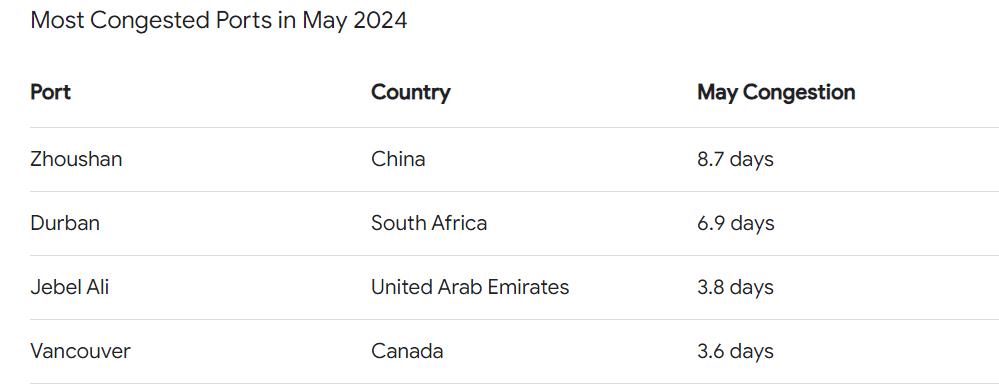
Explore the Top 10 Congested Ports of 2025 and learn how to minimize disruption for your business.
Historical Overview on Port Congestion
Port congestion is not a new phenomenon; it has been a recurring issue in global trade for decades. Historically, significant events such as wars, economic booms, and technological advancements have influenced port congestion.
For example, the post-World War II era saw a boom in global trade, which led to increased port activity and subsequent congestion. Similarly, the COVID-19 pandemic in 2020-2021 caused unprecedented disruptions in global supply chains, highlighting the vulnerabilities of ports worldwide.
Current Trends in 2025: What is causing port congestion?
- Increased Trade Volumes: As global trade volumes rise, ports often struggle to handle the influx of cargo, resulting in bottlenecks.
- Infrastructure Limitations: Many ports lack the necessary infrastructure to accommodate larger vessels and increased traffic.
- Labor Shortages: Insufficient labor forces, including dockworkers and truck drivers, exacerbate congestion issues.
- Pandemic-Related Disruptions: COVID-19 has led to intermittent shutdowns, labor shortages, and other disruptions that continue to affect port operations.
- Weather Conditions: Adverse weather can halt port operations, causing significant backlogs.
- The rise of e-commerce: E-commerce has increased the volume of goods being shipped. High e-commerce demand is going to continue to contribute to port congestion because the ports just can’t clear containers fast enough to keep up with orders being placed.
- Chassis shortage: This problem has been increasing as more major ocean carriers pull out of the chassis business. Chassis demand can sometimes outweigh supply.
The Impact of Port Congestion
Economic Impact
- Increased Shipping Costs: Port congestion significantly increases shipping costs. Delays in loading and unloading ships lead to higher demurrage charges, which are fees charged to shippers for use of the port facilities beyond the allotted free time. Additionally, carriers may impose congestion surcharges to offset the costs of delays, which are ultimately passed on to consumers.
- Inflationary Pressures: The increased costs associated with port congestion contribute to inflationary pressures. As shipping costs rise, so do the prices of goods. This can have a cascading effect on the economy, leading to higher consumer prices and potentially reducing purchasing power.
Impact on Global Supply Chains
- Delayed Deliveries: One of the most immediate impacts of port congestion is delayed deliveries. When goods are stuck at ports, manufacturers and retailers face shortages, leading to disruptions in production schedules and inventory management. This can be particularly problematic for industries that rely on just-in-time (JIT) inventory systems, where materials are delivered just as they are needed in the production process.
- Stockouts and Inventory Issues: Port congestion can lead to stockouts, where retailers run out of stock due to delivery delays. This not only affects sales but also damages the retailer’s reputation and customer satisfaction. Businesses may need to hold higher levels of inventory to buffer against delays, which increases warehousing and storage costs.
Environmental Impact
- Increased Emissions: Ships idling at ports or taking longer routes to avoid congested ports contribute to increased greenhouse gas emissions. The additional fuel consumption exacerbates air pollution and contributes to climate change. Ports themselves are major sources of emissions, with heavy machinery and trucks operating continuously.
- Waste and Resource Use: Port congestion can lead to increased waste and resource use. Perishable goods that are delayed may spoil, leading to significant waste. Additionally, the increased demand for shipping containers and port facilities can strain resources and infrastructure.
Social Impact
- Labor Issues: Port congestion often results in labor issues, such as increased workloads and longer hours for port workers. This can lead to labor disputes and strikes, further exacerbating congestion problems. In some cases, ports may face labor shortages, as workers are unwilling or unable to cope with the increased demands.
- Community Impact: Port congestion can have a significant impact on local communities. Increased truck traffic and emissions can lead to deteriorating air quality and increased noise pollution. Additionally, communities may experience disruptions due to the increased activity and infrastructure strain.
When Will Port Congestion End?
Port congestion isn’t going away anytime soon. With challenges like outdated infrastructure, labor shortages, rerouted vessels from the Red Sea crisis, and rising global shipping demand, there’s no immediate solution in sight. However, while a quick fix may not be possible, businesses can still manage the impact. By planning ahead, diversifying supply chains, using real-time tracking, and working with reliable logistics partners, companies can stay agile and reduce disruptions in the face of ongoing port delays.
Need help navigating port congestion? Book a free consultation with us today and learn how to keep your cargo moving efficiently.
How Can E-Commerce Sellers Avoid Port Congestion?
1. Strategic Planning
- Diversifying Supply Chains
E-commerce sellers can navigate port congestion by diversifying their supply chains. This involves sourcing products from multiple suppliers and regions to reduce dependence on a single port or supply chain route. By spreading the risk, sellers can mitigate the impact of port congestion on their operations. - Inventory Management
Effective inventory management is crucial for e-commerce sellers to navigate port congestion. This includes maintaining higher safety stock levels to buffer against delays and using inventory management software to track stock levels in real time. Sellers should also consider alternative warehousing solutions, such as distributed warehousing, to reduce reliance on a single location.
2. Leveraging Technology
- Real-Time Tracking and Analytics
Technology can play a significant role in helping e-commerce sellers navigate port congestion. Real-time tracking and analytics provide visibility into the status of shipments and potential delays. By leveraging these tools, sellers can make informed decisions about rerouting shipments or adjusting delivery schedules. Track real-time port congestion status data here
- Automation and Robotics
Automation and robotics can help streamline warehouse operations and reduce the impact of port congestion. Automated systems can quickly process and sort incoming shipments, reducing the time goods spend in transit. Additionally, robotics can enhance the efficiency of order fulfillment, ensuring that products are delivered to customers on time.
3. Collaborating with Logistics Partners
- Choosing Reliable Carriers
Collaborating with reliable carriers and freight forwarders with the help of reputable compilers like Zignify Global Product Sourcing is essential for navigating port congestion. E-commerce sellers should partner with carriers with a proven track record of handling congestion and delivering goods on time. It’s also important to establish clear communication channels with logistics partners to stay informed about potential delays and disruptions. - Flexibility in Shipping Methods
Flexibility in shipping methods can help e-commerce sellers mitigate the impact of port congestion. This includes using a mix of transportation modes, such as air, sea, and land, to ensure timely delivery. Sellers should also consider using expedited shipping options for critical shipments to reduce delays.
4. Enhancing Customer Communication
- Transparent Communication
Transparent communication with customers is crucial during times of port congestion. E-commerce sellers should provide regular updates on the status of orders and potential delays. By keeping customers informed, sellers can manage expectations and maintain customer trust.
- Offering Alternatives
Offering alternatives to customers can help mitigate the impact of port congestion. This includes providing options for expedited shipping, alternative products, or in-store pickup. By offering flexible solutions, sellers can enhance the customer experience and reduce the impact of delays.
5. Adapting to Market Conditions
- Monitoring Market Trends
Monitoring market trends is essential for e-commerce sellers to navigate port congestion. This includes staying informed about potential disruptions, such as strikes, natural disasters, or regulatory changes. By anticipating these events, sellers can proactively adjust their supply chain strategies.
- Adjusting Pricing and Promotions
Adjusting pricing and promotions can help e-commerce sellers navigate the impact of port congestion. This includes offering discounts or promotions to move inventory quickly or adjusting prices to account for increased shipping costs. By being flexible with pricing, sellers can maintain sales volumes and customer satisfaction.
6. Long-Term Strategies
- Building Strong Relationships
Building strong relationships with suppliers, logistics partners, and customers is essential for navigating port congestion. By fostering collaboration and trust, e-commerce sellers can enhance their resilience to disruptions and ensure continuity of operations. Strong relationships also facilitate better communication and problem-solving during times of congestion.
7. Government and Industry Initiatives
- Regulatory Support
Government and industry initiatives can play a significant role in addressing port congestion. This includes regulatory support for infrastructure development, streamlined customs procedures, and incentives for adopting green technologies. E-commerce sellers should stay informed about these initiatives and leverage them to mitigate the impact of congestion.
Partner with Zignify Global Product Sourcing
Frustrated with slow, clogged ports? Can’t keep up with high freight costs? Partnering with a reliable partner like Zignify Global Product Sourcing can help you avoid many issues contributing to port congestion. We can help you:
- Coordinating consolidated shipping.
- Ensuring all customs paperwork in order to prevent delays.
- Quickly resolve customs issues as they arise.
- We find and work with top trustworthy and reliable carriers and forwarders.
- We help you choose the best shipping method from the port, whether truck or train.
- Compare offers to save you money and ensure your goods arrive safely and on time.
Schedule a free consultation with us now to see how our services can streamline your supply chain and help you avoid logistics and shipping delays.
Frequently Asked Question about Port Congestion
- What is port congestion?
Port congestion occurs when ships are delayed at ports due to limited space, slow cargo handling, or overwhelmed infrastructure, causing long wait times for loading or unloading. - What causes port congestion?
Common causes include increased shipping traffic, labor shortages, outdated infrastructure, customs delays, equipment breakdowns, and global disruptions such as the Red Sea crisis. - How long will port congestion last?
There’s no fixed timeline. While some ports are improving with tech and infrastructure upgrades, global issues like trade disruptions and labor shortages suggest congestion may persist through 2025. - How can port congestion be solved?
Long-term solutions include investing in port infrastructure, automating operations, improving scheduling, and enhancing customs processes. - How can businesses reduce or avoid port congestion impacts?
Diversify suppliers, use alternative routes, increase inventory buffers, partner with reliable carriers, and leverage real-time shipment tracking. - How do I check port congestion status?
Use tools like GoComet’s Real-Time Port Congestion Tracker to monitor live delays at global ports. You can also book a consultation with us to know more on how to manage port congestion - How should businesses deal with port congestion?
Stay flexible with logistics plans, communicate transparently with customers, and consult logistics experts to navigate alternative options. - Is there a fee or surcharge associated with port congestion, and who is responsible for paying it?Yes, there is often a port congestion surcharge—an additional fee charged by carriers to offset the extra costs and delays caused by congested ports. This fee can vary depending on the carrier and the severity of the congestion. Typically, the shipper or consignee is responsible for paying the surcharge, depending on the terms of the shipping agreement.Who pays the port congestion surcharge?


